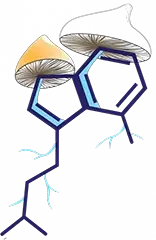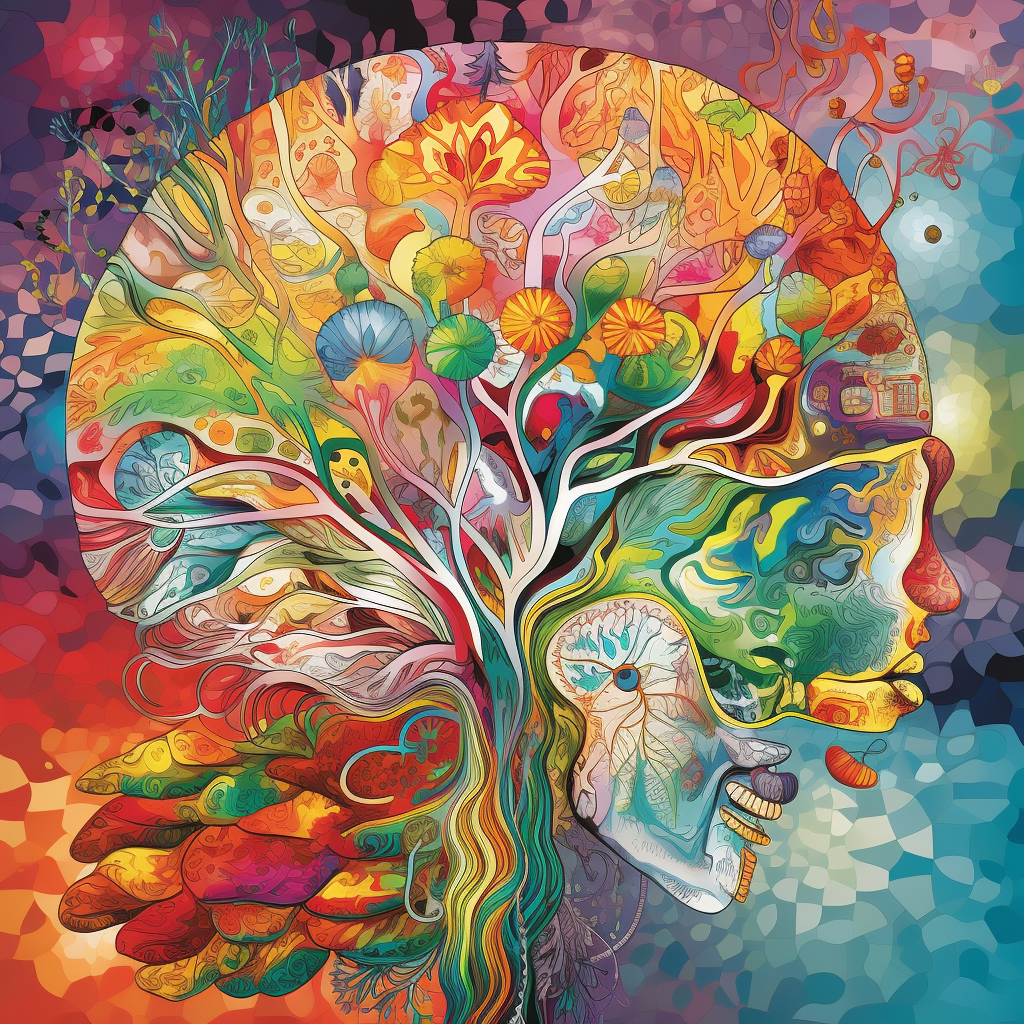Penetrating the Mysterious Veil of Lysergic Acid Diethylamide (LSD)
Lysergic Acid Diethylamide, known colloquially as LSD, is a powerful mind-altering substance that has sparked both intrigue and controversy in society. But beneath the swirling narratives and preconceptions, lies a pharmacological labyrinth that reveals its profound influence on human consciousness. The ensuing narrative is an exploration of the pharmacodynamic attributes of LSD, its rapport with the human brain, and the indispensable need for grasping these intricacies in assuring its safe application and potential therapeutic benefits.
The Birth of LSD and its Journey through Time
The invention of LSD, like many a discovery, was both accidental and providential. Albert Hofmann, a Swiss chemist, synthesized this compound while investigating ergot alkaloid derivatives at Sandoz Laboratories in 1938. However, it wasn’t until five years later that Hofmann unintentionally consumed the substance and bore witness to its potent psychoactive properties. Consequently, throughout the mid-20th century, LSD was avidly studied and applied in a therapeutic context, only to fall from grace due to societal apprehensions and legal constraints, leading to a precipitous decline in research by the end of the 1960s.
A Journey Through the Brain: A Tapestry of Neurons and Neurotransmitters
The human brain is a wondrous weave of neurons, bound by a shared language of chemical messengers known as neurotransmitters. Among these, serotonin holds a cardinal position, governing our mood, cognition, and perception. The action of LSD is largely orchestrated through its interaction with this neurotransmitter system, most notably the serotonin 5-HT2A receptors.
The Dance of LSD with the Serotonin System
Upon entry, LSD voyages through the bloodstream, traverses the blood-brain barrier and engages in a vibrant exchange with the brain’s neurotransmitter system. It binds to and activates the 5-HT2A receptor subtype, thereby setting in motion the psychedelic spectacle associated with LSD. Intriguingly, LSD displays functional selectivity at the 5-HT2A receptor, igniting certain intracellular pathways more than others. This peculiar pharmacological conduct is conjectured to be integral to its unique effects.
The Psychedelic Tapestry: LSD’s Influence on Perception, Cognition, and Emotion
The awakening of the 5-HT2A receptors by LSD initiates a myriad of psychological and perceptual transformations. These include sensory distortions like visual hallucinations and synesthesia, shifts in thought processes, and substantial mood variations. Users often recount profound introspective journeys, frequently described as spiritual or mystical in nature. The precise mechanisms underpinning these effects are shrouded in mystery and remain an active area of scientific investigation.
The Continuing Saga: Present-day Research on LSD
Modern scientific exploration continues to illuminate the complex pharmacological tapestry of LSD. A 2020 study published in the journal Cell offered a detailed perspective on LSD’s bonding with the 5-HT2A receptor and subsequent activation. Further inquiries are probing into LSD’s influence on brain connectivity and how this correlates with its psychological effects. For instance, a 2016 paper in Proceedings of the National Academy of Sciences proposed that LSD modifies the dynamic integration and segregation of brain networks.
The Therapeutic Voyage of LSD
LSD’s distinct effects on the brain are currently being employed for therapeutic purposes. LSD-assisted psychotherapy involves a controlled setting where patients, under professional supervision, consume LSD. This method capitalizes on LSD’s introspective, emotion-enhancing attributes to promote psychological healing. A 2014 study published in The Journal of Nervous and Mental Disease, for example, postulated that LSD-assisted psychotherapy could significantly alleviate anxiety in patients grappling with life-threatening diseases.
Treading with Caution: The Safety and Risks of LSD
Despite the mounting evidence for LSD’s therapeutic potential, its use is not devoid of risks. Some individuals may undergo adverse psychological effects, such as anxiety or paranoia, and there is the peril of experiencing a ‘bad trip’—a distressing psychedelic encounter. LSD’s effects can be greatly inconsistent, subject to the user’s mindset and surroundings, also known as “set and setting”. Thus, in a therapeutic setting, it’s paramount to ensure a safe, controlled environment and administer LSD under the supervision of trained professionals.
A Look Beyond the Veil
The pharmacological tango of LSD within the brain is a spectacle that we have just begun to fathom. Its potent influence on consciousness and perception is indeed remarkable. As our understanding of this complex dance deepens, so does our capacity to harness LSD for therapeutic objectives. Ongoing investigations promise to further untangle the pharmacological intricacies of LSD, paving the way for innovative treatments and a heightened comprehension of human consciousness.
[gap height=”130px”]
[ux_image id=”8401″]
[gap height=”130px”]
We hope that you have gained a little more understanding and wisdom after reading through our article about LSD. We hope that it has inspired you to explore the multitude of possibilities through LSD.
Shroomhub is your trusted online source in Canada for all things Psychedelic, from Magic Mushrooms, LSD and even DMT, take advantage of our weekly deals and bargain prices you wont find anywhere else!
[gap height=”130px”]
[message_box]
[row v_align=”middle” h_align=”center”]
[col span=”9″ span__sm=”12″]
Author
Freelance Writer
Leo Thomas
[/col]
[col span=”2″ span__sm=”12″ align=”center”]
[button text=”Linkedin” color=”white” style=”outline” radius=”99″ link=”https://www.linkedin.com/in/leo-thomas-24b827279/”]
[/col]
[/row]
[/message_box]



